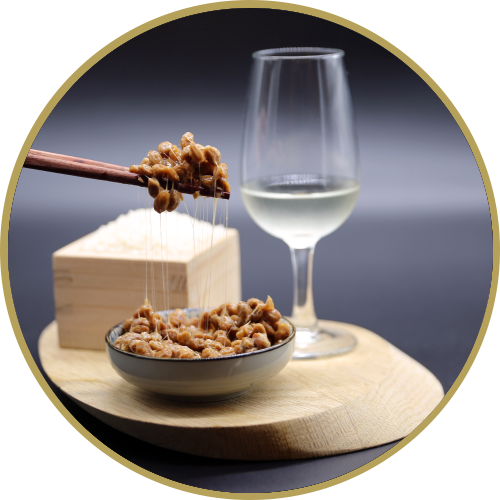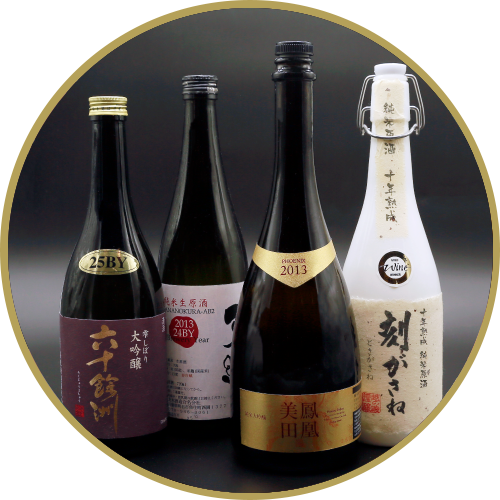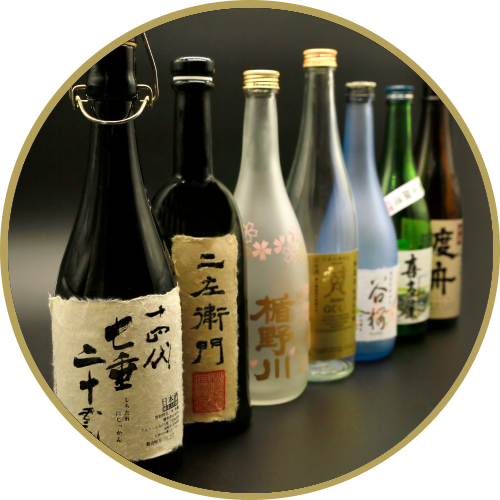


Sake brewery workers must not eat this Japanese health food for at least two months before a production cycle. This is because the yeast particle components of natto affect the quality of rice koji during the fermentation process and will result in inferior quality. Some brewers say drinking sake is already enough to maintain one’s health, so giving up natto should be easy. Ganbai!

Japanese law dictates that a date of bottling is shown on the label. When the toji – head brewer – finds the sake is at its best, it will be bottled and sent to market. All the sake you find in the shops is ready to drink without further vintage. A “best before” date indicates exceptional sake such as shinshu, namazake and nigorizake. These contain live yeast, so the body changes over time. The brewery suggests a “best before” date to ensure consumers get the best flavor and aroma.

Color can give an indication of style and quality. Brown and green are the most common sake bottle colors, while the contents of blue bottles tend to offer a fresher flavor and pleasant aroma favored by women. Black and transparent bottles are regarded as containing premium sake and will often feature gold print and Japanese calligraphy.
Sake is sensitive to temperature, light and exposure to air. This means darker-colored or matte finish bottles prevent the impact of direct sunlight. Next time you pick up a bottle of sake, check the color to make sure it satisfies your taste preference.